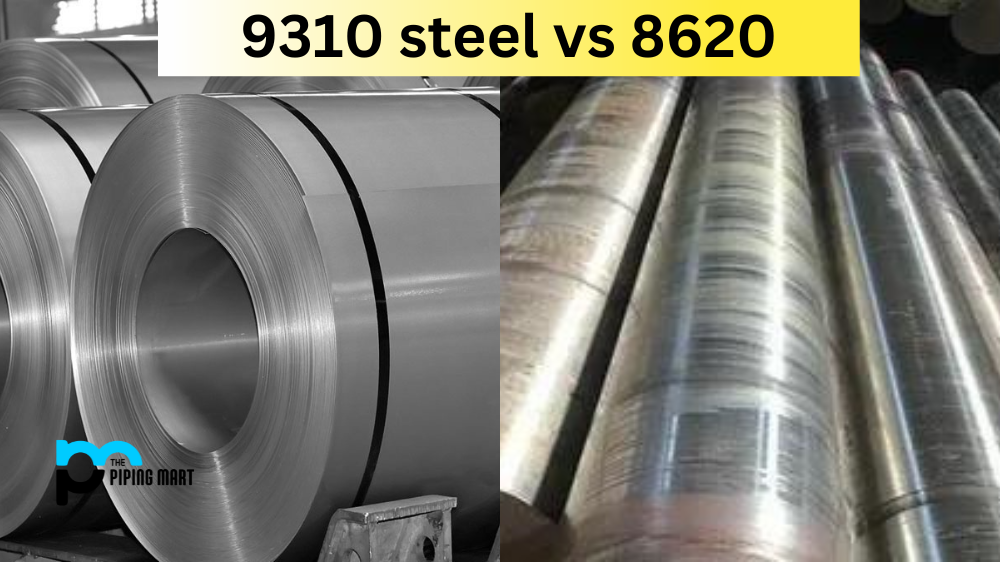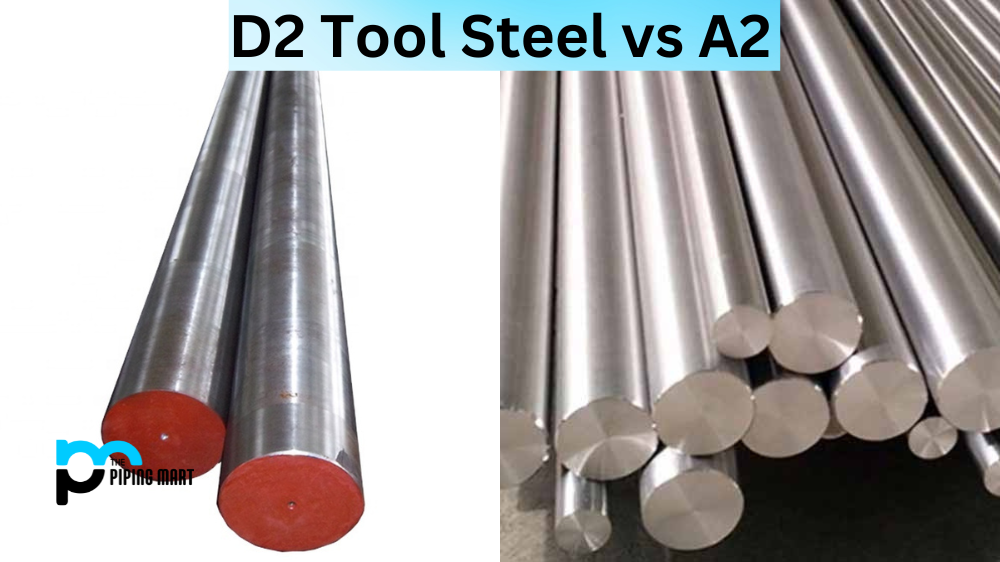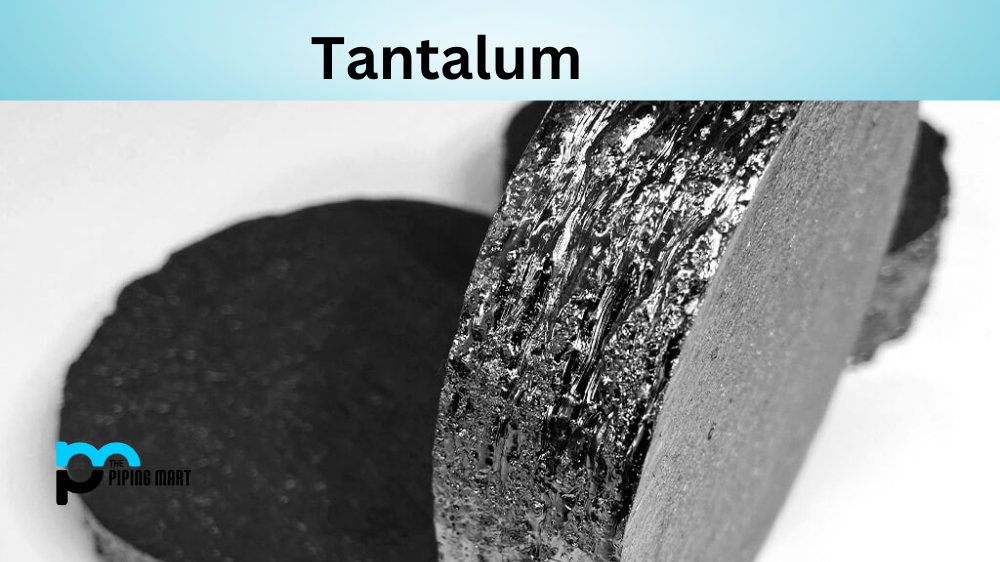When it comes to metal alloys, there are numerous options, each with its strengths and weaknesses. Two of the most commonly used steel alloys are 9310 and 8620. While both can be utilized in various industries, significant differences between the two must be considered before selecting the right one for your project. In this blog post, we will explore the differences between 9310 steel and 8620 and help you make an informed decision.
Difference Between 9310 Steel and 8620
Composition
One of the most significant differences between the two alloys is their composition. 8620 steel is a low-carbon, nickel-chromium-molybdenum alloy known for its toughness and wear resistance. In contrast, 9310 steel is a nickel-chrome-molybdenum steel alloy with the additional properties of nitrogen and silicon that contribute to its high wear resistance and tensile strength.
Uses
8620 steel is commonly used in manufacturing gears, shafts, and pistons, as well as for forgings, castings, and springs. Meanwhile, 9310 steel is used for highly stressed parts in engines and turbines, particularly in the aerospace and defence industries. The high tensile strength of the alloy makes it an ideal material for parts that require fatigue resistance.
Heat Treatment
Heat treatment is a critical factor in the performance of 8620 and 9310 steel. The heat treatment process for 8620 includes quenching and tempering, which increases its hardness and toughness. On the other hand, 9310 is typically heat treated using a process known as carburization, which adds carbon to the material’s surface, hardening it to a depth of approximately 0.030 inches.
Strength and Toughness
Another difference is the strength and toughness levels of the alloys. 8620 and 9310 have good toughness, which means they can withstand high-stress levels without breaking. However, the tensile strength of 9310 steel is significantly higher than that of 8620 steel. This makes 9310 steel ideal for parts requiring strength and durability.
Cost
Finally, the cost difference between 8620 steel and 9310 steel is significant. Because 9310 steel requires additional elements such as nitrogen and silicon, it is more expensive than 8620 steel. 8620 steel may be a more suitable option for reducing costs.
Conclusion
While 9310 and 8620 steel have unique properties, it is essential to understand their differences in choosing the appropriate material for your project. Consider factors such as composition, uses, heat treatment, strength, toughness, and cost. Doing so can ensure you use the right material for your project and maximize its potential.

A passionate metal industry expert and blogger. With over 5 years of experience in the field, Palak brings a wealth of knowledge and insight to her writing. Whether discussing the latest trends in the metal industry or sharing tips, she is dedicated to helping others succeed in the metal industry.




